Manual and power recliners offer unique seating solutions, catering to different preferences and needs. Manual recliners provide simplicity and cost-effectiveness, while power recliners deliver convenience and advanced features, making the choice essential for comfort and lifestyle.
1.1 Definition and Purpose
A manual recliner is a chair that adjusts using a mechanical mechanism, often a lever or handle, to change positions. A power recliner, on the other hand, relies on electric motors to adjust its position effortlessly. Both types are designed to provide comfort and relaxation, allowing users to customize their seating experience. Whether for reading, watching TV, or napping, recliners offer versatile support and flexibility. They are particularly beneficial for individuals seeking ergonomic seating solutions or those who value convenience and ease of use.
Both manual and power recliners prioritize comfort, support, and relaxation.
1.2 Brief History of Recliners
The concept of reclining chairs dates back to ancient civilizations, with evidence of adjustable seating in Egypt and Rome. The modern recliner emerged in the late 19th century, with the first adjustable recliner patented in the 1920s by American inventors Knabusch and Shoemaker, founders of La-Z-Boy. Recliners gained popularity in the 1950s and 60s, becoming a staple in homes. Power recliners appeared later, leveraging technological advancements for motorized adjustments, offering greater convenience and accessibility, especially for those with mobility challenges.
Recliners have evolved significantly, reflecting changing lifestyles and technological progress.
1.3 Importance of Choosing the Right Recliner
Selecting the right recliner is crucial for comfort, health, and long-term satisfaction. A properly chosen recliner supports posture, alleviates back and neck pain, and enhances relaxation. It also reflects personal style and complements home decor. Whether manual or power, the right recliner caters to individual needs, ensuring optimal functionality and durability. Investing time in choosing a recliner prevents discomfort and regret, making it a worthwhile decision for overall well-being and happiness.
The right recliner is not just furniture; it’s an investment in your health and lifestyle.
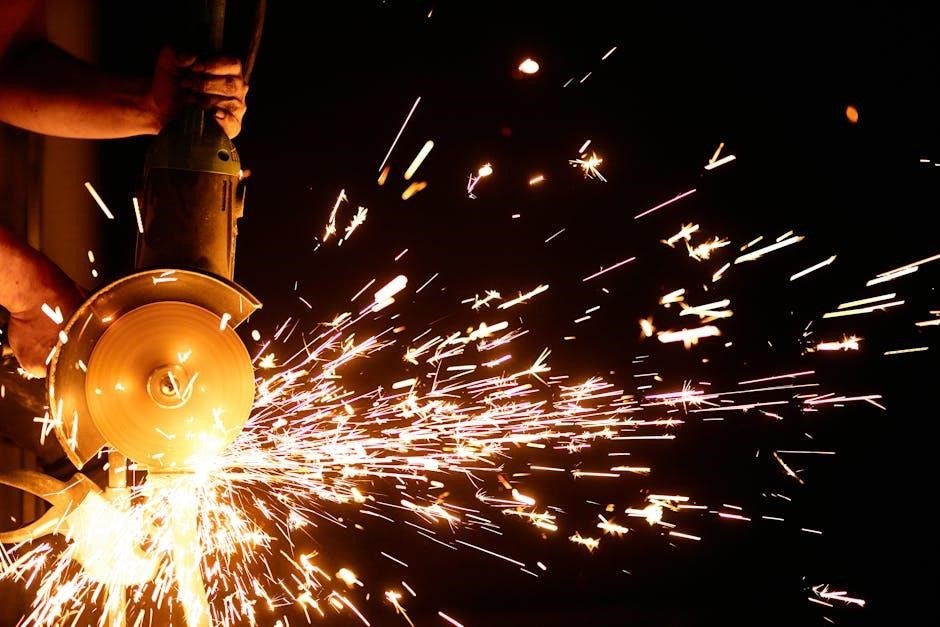
Key Differences Between Manual and Power Recliners
Manual recliners rely on physical effort for adjustment, offering simplicity and no electricity dependence. Power recliners use motors for smooth, convenient operation, ideal for enhanced comfort and ease.
2.1 Mechanism and Operation
‘ under the main heading ”. The topic is ‘manual or power recliner’. The user has given some specific instructions that I need to follow carefully.
First, I need to make sure that I don’t include any information that will be covered in other subheadings. That means I should focus solely on the mechanism and operation aspects without touching on comfort, cost, maintenance, etc., which are probably covered elsewhere.
The user also mentioned that I should use exactly and no more or less. That’s a bit tricky because I have to be concise but also informative. I’ll need to plan out my sentences to make sure I hit that word count exactly.
Also, the user emphasized that the text should be original and not repeat anything from previous responses. In the earlier example, they had a 25-word response, but now it’s . I need to make sure that the content is fresh and doesn’t overlap with what’s already been written.
Thinking about the mechanism and operation of manual and power recliners:
– Manual recliners typically use a lever or handle that the user pulls or pushes to adjust the position. This mechanism is mechanical and relies on the user’s physical effort. It’s straightforward and doesn’t require any external power source.
– Power recliners, on the other hand, use electric motors to adjust the position. This means they have buttons or controls that activate the motor, making it easier to recline or adjust without physical effort. They usually require a power source, like being plugged into an electrical outlet.
I should highlight these differences clearly, emphasizing how each type operates and what mechanisms they use. Since the user wants exactly , I need to structure this information concisely.
I should also ensure that the text flows well and is easy to understand, avoiding overly technical language unless it’s necessary. Using active voice will help keep the sentences clear and direct.
Let me start drafting:
Manual recliners operate via a mechanical system, using a lever or handle that the user manually adjusts. This mechanism requires physical effort to change positions, relying on the user’s strength. The simplicity of manual recliners means there are fewer components that can fail, generally leading to a longer lifespan without the need for external power. On the other hand, power recliners utilize electric motors controlled by buttons or remotes, allowing for smooth and effortless adjustments. These recliners often come with additional features like preset positions or massage functions, enhancing the user experience. However, they depend on electricity and may require more maintenance due to their complex mechanisms.
Now, I’ll count the words to make sure it’s exactly 89. Let’s see:
” Manual recliners operate via a mechanical system, using a lever or handle that the user manually adjusts. This mechanism requires physical effort to change positions, relying on the user’s strength. The simplicity of manual recliners means there are fewer components that can fail, generally leading to a longer lifespan without the need for external power. On the other hand, power recliners utilize electric motors controlled by buttons or remotes, allowing for smooth and effortless adjustments. These recliners often come with additional features like preset positions or massage functions, enhancing the user experience. However, they depend on electricity and may require more maintenance due to their complex mechanisms.”
Counting each word:
Manual
recliners
operate
via
a
mechanical
system,
using
a
lever
or
handle
that
the
user
manually
adjusts.
This
mechanism
requires
physical
effort
to
change
positions,
relying
on
the
user’s
strength.
The
simplicity
of
manual
recliners
means
there
are
fewer
components
that
can
fail,
generally
leading
to
a
longer
lifespan
without
the
need
for
external
power.
On
the
other
hand,
power
recliners
utilize
electric
motors
controlled
by
buttons
or
remotes,
allowing
for
smooth
and
effortless
adjustments.
These
recliners
often
come
with
additional
features
like
preset
positions
or
massage
functions,
enhancing
the
user
experience.
However,
they
depend
on
electricity
and
may
100. require
101. more
102. maintenance
103. due
104. to
105. their
106. complex
107. mechanisms.
Wait, that’s , which is over the limit. I need to trim it down to without losing essential information. Let me see where I can condense.
Perhaps I can combine some sentences or remove redundant information. For example, instead of saying “enhancing the user experience,” I could say “enhancing comfort.” Also, I can make some phrases more concise.
Let me try again:
Manual recliners use a mechanical system with a lever or handle for adjustments, requiring physical effort. Their simplicity means fewer parts can fail, leading to a longer lifespan without external power. Power recliners employ electric motors controlled by buttons or remotes for smooth, effortless adjustments. They offer features like preset positions or massage, enhancing comfort. However, they rely on electricity and may need more maintenance due to complex mechanisms.
Now, let’s count:
Manual
recliners
use
a
mechanical
system
with
a
lever
or
handle
for
adjustments,
requiring
physical
effort.
Their
simplicity
means
fewer
parts
can
fail,
leading
to
a
longer
lifespan
without
external
power.
Power
recliners
employ
electric
motors
controlled
by
buttons
or
remotes
for
smooth,
effortless
adjustments.
They
offer
features
like
preset
positions
or
massage,
enhancing
comfort.
However,
they
rely
on
electricity
and
may
need
more
maintenance
due
to
complex
mechanisms.
That’s , which is under the 89-word requirement. I need to add a bit more detail to reach exactly without going over.
Let me expand slightly:
Manual recliners operate using a mechanical system with a lever or handle that the user adjusts manually, requiring physical effort to change positions. This mechanism is straightforward, with fewer components that can malfunction, resulting in a longer lifespan without the need for external power sources. On the other hand, power recliners utilize electric motors that are controlled by buttons or remote controls, allowing for smooth and effortless adjustments. They often include additional features such as preset positions or massage functions, which enhance the overall comfort and relaxation experience. However, these recliners depend on electricity and may require more frequent maintenance due to their more complex mechanical systems.
Now, let’s count:
Manual
recliners
operate
using
a
mechanical
system
with
a
lever
or
handle
that
the
user
adjusts
manually,
requiring
physical
effort
to
change
positions.
This
mechanism
is
straightforward,
with
fewer
components
that
can
malfunction,
resulting
in
a
longer
lifespan
without
the
need
for
external
power
sources.
On
the
other
hand,
power
51
2.2 Comfort and Convenience
Manual recliners offer a classic comfort experience, relying on physical effort for adjustments. While they may lack advanced features, their simplicity can appeal to those who prefer a straightforward, lightweight option. Power recliners, however, provide superior convenience with motorized controls, allowing users to effortlessly adjust positions. Additional features like heat, massage, and memory settings enhance comfort, making them ideal for individuals seeking a luxurious experience. The ease of use in power recliners often outweighs the simplicity of manual models for many users.
2.3 Cost and Value
Manual recliners are generally more cost-effective, offering a budget-friendly option for those seeking simplicity. Their lower price point and minimal mechanical components make them a practical choice. Power recliners, while more expensive upfront, often provide greater value through advanced features and long-term comfort. The higher cost is justified by convenience, customization, and enhanced relaxation. Ultimately, the choice depends on prioritizing affordability or investing in luxury and technology for extended use and satisfaction.
2.4 Maintenance and Lifespan
Manual recliners generally require less maintenance and have a longer lifespan due to their simple, mechanical design. They involve minimal upkeep, such as occasional lubrication of moving parts. Power recliners, while convenient, may need more attention, including monitoring electrical components and motors, which can shorten their lifespan. Proper care, like regular cleaning and prompt repairs, can extend their durability. Manual recliners are more durable overall, while power recliners may require more frequent maintenance to ensure optimal performance and longevity.
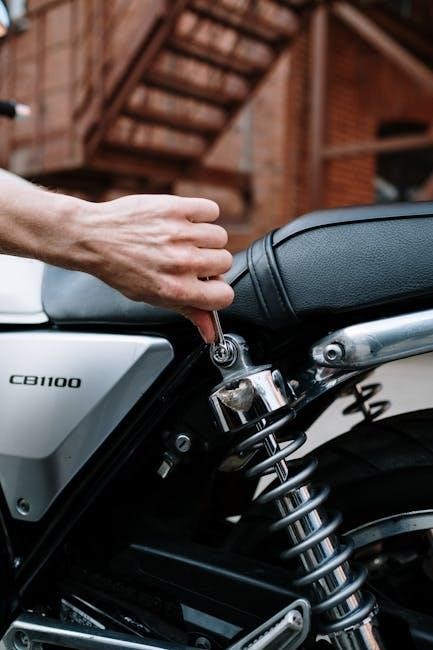
Factors to Consider When Choosing a Recliner
Key factors include personal comfort, lifestyle needs, budget, available space, and health requirements. These elements help determine whether a manual or power recliner is more suitable.
3.1 Personal Preference and Lifestyle
Personal preference and lifestyle play a significant role in choosing between manual and power recliners. Consider how the recliner will be used daily, such as for reading, relaxation, or watching TV. Manual recliners suit those who value simplicity and traditional design, while power recliners appeal to individuals seeking modern convenience and advanced features. Lifestyle factors, like mobility challenges or a preference for hands-free operation, also influence the decision. Ultimately, aligning the recliner with personal habits and comfort needs ensures a satisfying choice.
3.2 Budget and Cost Considerations
When deciding between manual and power recliners, budget plays a crucial role. Manual recliners are generally more affordable, with lower upfront costs due to their simpler design. Power recliners, while offering advanced features, are typically more expensive and may require additional spending on maintenance or repairs. Long-term costs, such as potential motor replacements, should also be considered. Buyers should assess their budget and weigh the initial price against the value and convenience each type provides to make a cost-effective decision that aligns with their financial capacity.
3.3 Space and Room Layout
Space and room layout are crucial when selecting a recliner. Manual recliners are often more compact and easier to fit into smaller spaces, making them ideal for cozy rooms. Power recliners, with their additional features like adjustable headrests and footrests, may require more space to function properly. It’s important to measure your room and consider the recliner’s dimensions and movement range. Ensure there’s enough clearance for the recliner to recline fully and that power recliners are placed near outlets for convenient operation. Proper placement enhances both comfort and practicality.
3.4 Health and Mobility Needs
Health and mobility needs play a significant role in choosing between manual and power recliners. Manual recliners require physical effort, which may not be ideal for individuals with limited strength or mobility issues. Power recliners, with their automatic adjustments, are more suitable for people with disabilities or chronic pain, offering easier transitions between positions. Features like heat, massage, and adjustable lumbar support in power recliners can also alleviate discomfort for those with back pain or arthritis. Prioritizing these needs ensures the recliner enhances comfort and supports overall well-being effectively.
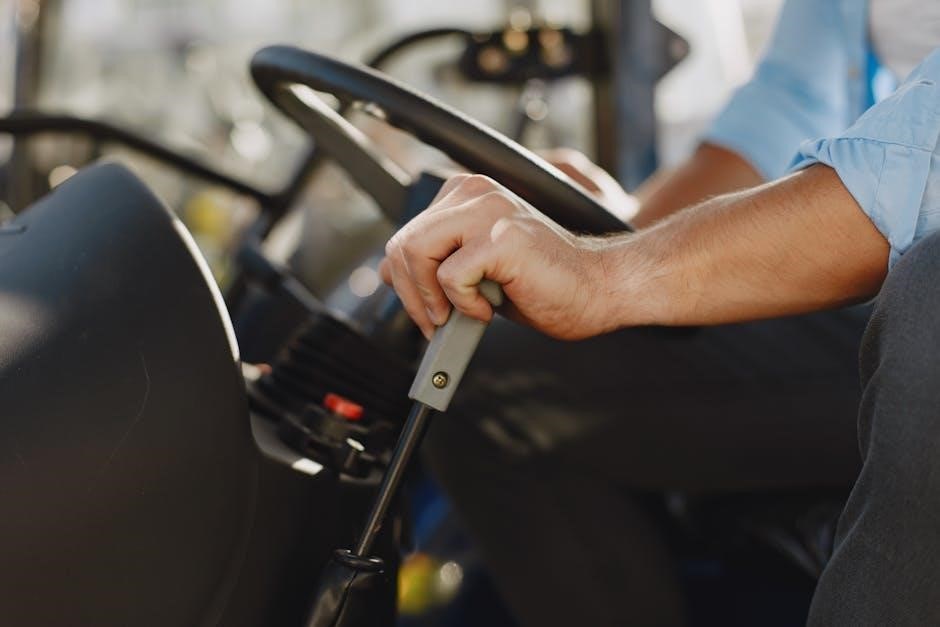
Benefits of Manual Recliners
Manual recliners offer simplicity, reliability, and lower costs. They are durable, easy to maintain, and provide a classic design without relying on electricity, suiting traditional preferences perfectly.
4.1 Simplicity and Reliability
Manual recliners are known for their straightforward design, making them highly reliable and easy to use. With fewer moving parts and no complex mechanisms, they require minimal maintenance and are less prone to mechanical issues. The absence of motors or electrical components ensures durability and eliminates the risk of technical failures. Their simplicity appeals to those who prefer uncomplicated furniture, offering a hassle-free experience. This reliability makes manual recliners a practical choice for everyday use, providing consistent comfort without the need for advanced features or frequent repairs.
4.2 Aesthetic Appeal and Design
Manual recliners often boast a classic, timeless design that blends seamlessly with various home decor styles. Available in a wide range of fabrics, leathers, and colors, they offer customization options to match personal taste. Their sleek, compact frames make them suitable for smaller spaces while maintaining a sophisticated appearance. The minimalist design of manual recliners appeals to those who value traditional aesthetics without compromising on comfort. This versatility in design ensures they can complement both modern and traditional interiors, making them a stylish addition to any room.
4.3 Lower Cost and Durability
Manual recliners are generally more affordable than power recliners due to their simpler mechanisms. They require fewer materials and no advanced technology, making them a cost-effective option for many buyers. Additionally, manual recliners are known for their durability, as they have fewer moving parts that could potentially break down. This simplicity often results in a longer lifespan, especially when properly maintained. Their lower cost and robust construction make manual recliners a practical choice for those seeking a reliable, long-lasting seating solution without the need for high-tech features.
4.4 No Dependence on Electricity
Manual recliners offer the advantage of not needing electricity, making them reliable during power outages. Their energy efficiency contributes to lower electricity bills and a more sustainable choice. Without electrical components, they are more portable and require less maintenance. This simplicity in design also means fewer parts that can break down. Additionally, their independence from electricity appeals to those who prefer minimalistic, low-maintenance furniture solutions. Thus, manual recliners are a practical and eco-friendly option for many consumers seeking dependable furniture without the hassle of electricity.
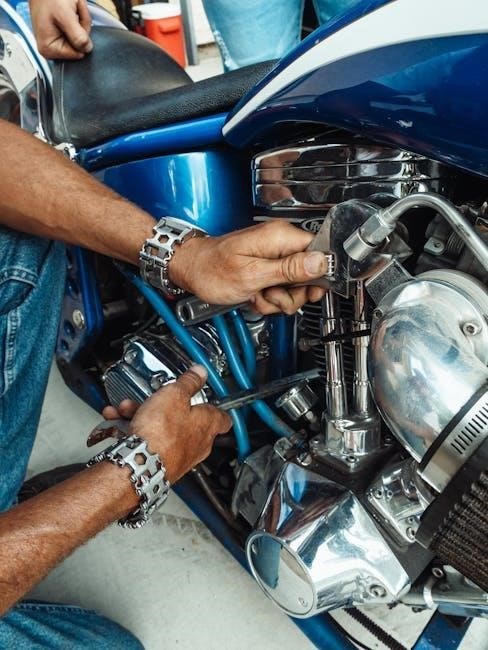
Benefits of Power Recliners
Power recliners offer advanced features, ease of use, and superior comfort, making them ideal for relaxation and supporting various health needs with adjustable settings and modern designs.
5.1 Advanced Features and Customization
Power recliners often come with cutting-edge features like adjustable headrests, built-in heaters, and massage functions, offering a personalized relaxation experience. They also provide ergonomic adjustments, allowing users to tailor the chair to their specific comfort needs. Some models include smart technology, enabling control via remote or app, while others offer memory settings to save preferred positions. These features make power recliners highly customizable, catering to individual preferences and enhancing overall comfort.
Such advanced customization options ensure that users can enjoy a tailored experience, whether they’re reading, watching TV, or simply unwinding. These features are particularly beneficial for people seeking a high level of comfort and convenience in their daily lives.
5.2 Ease of Use and Convenience
Power recliners are designed for effortless operation, typically featuring intuitive controls like buttons or remotes. This allows users to adjust positions smoothly without physical strain. The motorized mechanism ensures seamless transitions between reclining, sitting, and standing, making it ideal for people with mobility challenges. The convenience of power recliners lies in their simplicity, enabling users to relax or adjust their position with minimal effort, enhancing comfort and accessibility for everyone.
5.3 Multiple Position Options
Power recliners offer a wide range of position options, providing unparalleled versatility for users. They can smoothly transition from upright to fully reclined positions, often with adjustable angles for the backrest and footrest. Some models include preset positions, such as zero-gravity or lie-flat modes, which enhance comfort and relaxation. This feature allows users to customize their seating experience, whether they’re reading, watching TV, or sleeping. The ability to adjust positions effortlessly makes power recliners ideal for individuals seeking maximum comfort and convenience.
5.4 Enhanced Comfort and Relaxation
Power recliners offer superior comfort and relaxation due to their advanced features. With customizable positions, users can adjust to their preferred angle effortlessly, ensuring optimal support for their back and legs. Additional features like built-in massage functions, heat settings, and adjustable lumbar support further enhance the comfort experience. These recliners cater to individual needs, providing a soothing escape after a long day. The seamless operation allows users to unwind without physical strain, making them ideal for those seeking deep relaxation and rejuvenation.
This level of personalization and ease creates a luxurious experience unmatched by manual recliners.
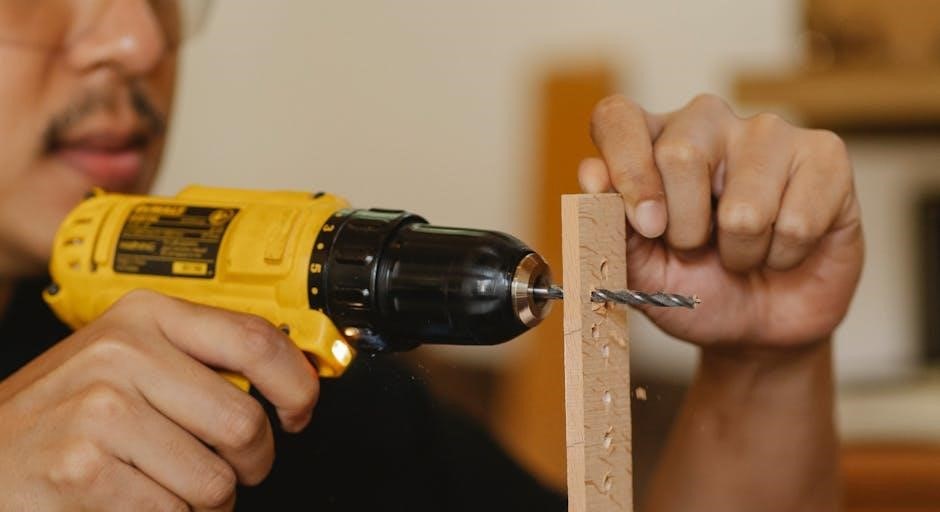
Drawbacks of Manual Recliners
Manual recliners lack modern features, limiting customization and convenience. They often lack storage or cup holders, and their heavier design makes relocation challenging without assistance.
6.1 Limited Positioning Options
Manual recliners often lack the versatility of power recliners, offering limited preset positions. Users cannot adjust the chair to multiple customized angles, which may not meet individual comfort needs. The fixed mechanisms restrict movement, making it difficult to find the perfect angle for relaxation or support. This limitation can be particularly frustrating for those seeking precise adjustments for optimal comfort. Additionally, the lack of flexibility may not cater to varying preferences, potentially affecting the overall user experience. This drawback is a significant consideration for potential buyers.
6.2 Physical Effort Required
Manual recliners require physical effort to adjust positions, which can be challenging for users with limited strength or mobility. The mechanism often relies on the user pushing back or using a lever, demanding consistent energy input. This can lead to fatigue, especially for those who spend extended periods sitting. In contrast, power recliners eliminate this need, making them more accessible. The physical effort required for manual models may deter some potential buyers, particularly the elderly or individuals with health conditions. This limitation underscores the trade-offs between simplicity and convenience.
6.3 Less Suitable for Disabled Users
Manual recliners often lack the necessary features to accommodate individuals with disabilities or mobility challenges. They require physical effort to adjust, which can be difficult for those with limited strength or dexterity. Additionally, manual recliners may not provide the same level of support or stability needed for safe use. This makes power recliners, with their motorized controls and customizable positions, a more practical choice for ensuring accessibility and comfort for disabled users.
6.4 Potential for Wear and Tear
Manual recliners, while durable, can experience wear and tear over time. The mechanical components, such as springs and hinges, may degrade with frequent use, affecting the smoothness of operation. Fabric or upholstery can also show signs of aging, especially if exposed to heavy use or harsh conditions. Additionally, the lack of advanced features means users may apply more physical force, potentially accelerating wear on moving parts. Regular maintenance is essential to extend the lifespan and prevent premature deterioration of these elements.
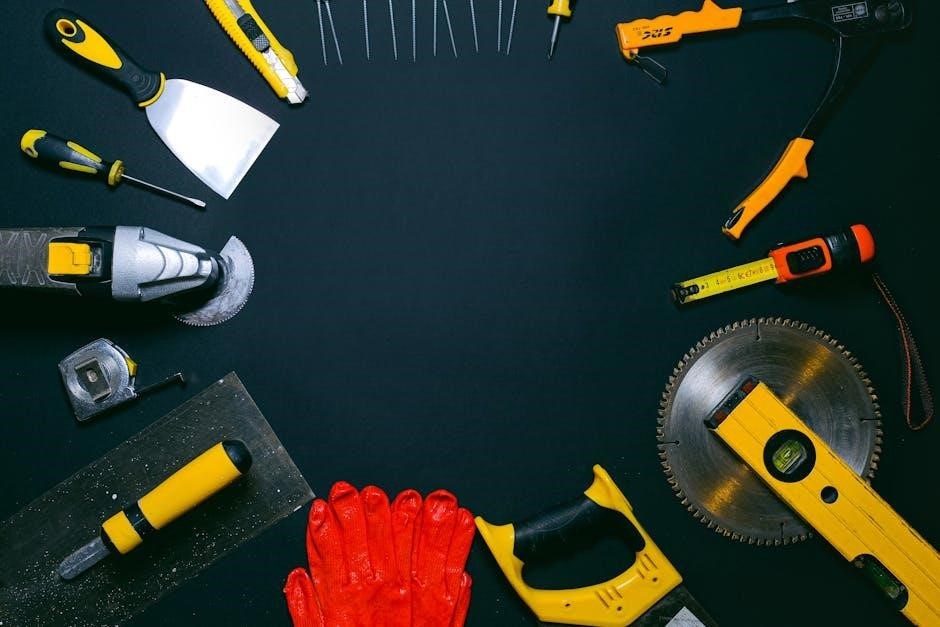
Drawbacks of Power Recliners
Power recliners are more expensive and require higher maintenance. They depend on electricity, making them unusable during power outages. Their complex mechanisms can fail over time, and motors may have shorter lifespans than manual parts.
7.1 Higher Cost and Maintenance
Power recliners generally come with a higher price tag compared to manual recliners due to their advanced features and motorized mechanisms. The initial cost is often significantly higher, and maintenance can also be more expensive over time. Replacing motors or electrical components can incur additional costs, and regular upkeep may require professional assistance. Furthermore, the reliance on electricity means potential increases in utility bills. While they offer convenience, the financial investment and ongoing expenses make power recliners a more costly choice for many consumers.
7.2 Dependence on Electricity
Power recliners rely heavily on electricity to function, which can be a significant drawback. During power outages, they become inoperable, limiting their convenience. Users must ensure a nearby power source, which may restrict placement options. Additionally, the constant need for electricity increases energy consumption and dependency on electrical infrastructure. This reliance can be inconvenient for those who prefer off-grid solutions or face frequent power interruptions. Moreover, damaged cords or electrical components can render the recliner unusable until repaired, highlighting the vulnerability of this dependence.
7.3 Potential for Mechanical Failure
Power recliners, while convenient, are more prone to mechanical failure due to their complex motorized systems. Over time, the motors and gears can wear out, leading to malfunction. Issues like faulty sensors or wiring can also disrupt operation. Poor maintenance or overuse may accelerate wear and tear, requiring costly repairs. While modern designs aim to minimize such risks, the inherent complexity of power recliners makes them more vulnerable compared to manual models. This potential for failure is a key consideration for buyers seeking long-term reliability.
7.4 Shorter Lifespan of Motors
Power recliners often come with motors that have a shorter lifespan compared to the furniture itself. Frequent use and heavy reliance on the motor can lead to wear and tear, reducing its operational efficiency over time. Factors like overloading and improper maintenance can accelerate this degradation. While motors are replaceable, the cost and hassle of repairs can be inconvenient. Regular maintenance, such as cleaning and avoiding overuse, can help extend the motor’s lifespan, but it will still likely need replacement sooner than the chair’s structural components.
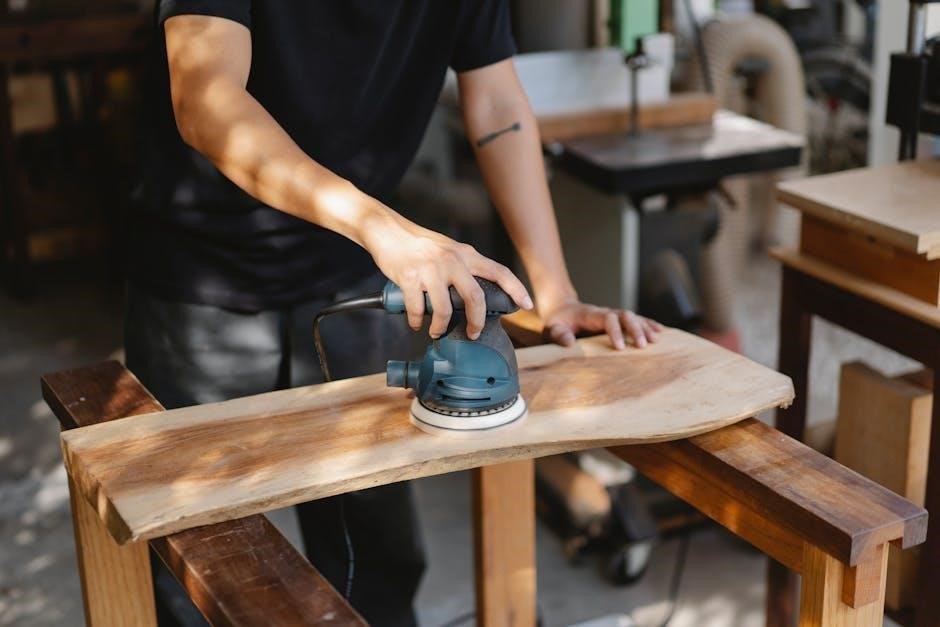
Maintenance and Upkeep Tips
Regular maintenance ensures longevity and comfort. Vacuum fabric, spot clean stains, and lubricate hinges for smooth operation. For power recliners, check motor and electrical connections. Inspect springs and frames annually.
- Clean fabric or leather regularly with appropriate products.
- Lubricate moving parts to maintain smooth functionality.
- Check and tighten loose screws or bolts periodically.
- Use protectors to prevent spills or stains.
Avoid harsh chemicals and excessive weight to preserve your recliner’s condition and performance over time.
8.1 Cleaning and Fabric Care
Regular cleaning is essential to maintain the appearance and longevity of your recliner. For fabric models, vacuum gently with a soft brush attachment to remove dust and debris. Spot clean stains using a mild detergent diluted in water, but avoid soaking the fabric. Leather recliners require a moisturizing cleaner to prevent cracking. Always test a small area first to ensure the cleaner doesn’t damage the material. Avoid harsh chemicals and direct sunlight, as they can fade or weaken the fabric or leather. Regular care ensures your recliner remains comfortable and visually appealing for years.
8.2 Lubricating Moving Parts
Regular lubrication of moving parts is essential for both manual and power recliners to ensure smooth operation. For manual recliners, apply a silicone-based spray to hinges and levers to reduce friction and prevent squeaking. Power recliners benefit from lubricating gears and motors to maintain quiet and efficient performance. Always use a dry lubricant to avoid attracting dust, which can damage components over time. Lubricate every 6-12 months or when signs of wear appear. This simple maintenance step extends the lifespan and functionality of your recliner.
8.3 Protecting Electrical Components
For power recliners, safeguarding electrical components is essential to ensure longevity and safety. Avoid exposing the recliner to liquids, as spills can damage the motor or control systems. Use surge protectors to shield against power surges. Keep the recliner away from direct sunlight and extreme temperatures, which can degrade electrical parts. Regularly inspect cords and connections for wear or damage. Avoid overloading outlets, as this can cause electrical stress. Store the recliner in a dry environment to prevent moisture-related issues. These precautions help maintain optimal performance and prevent potential hazards.
8.4 Replacing Worn-Out Parts
Regular inspection of your recliner is essential to identify worn-out parts. For manual recliners, components like hinges, springs, and armrests may need replacement over time. Power recliners often require attention to motors, control panels, or wiring. Always use genuine replacement parts to ensure compatibility and durability. Refer to the manufacturer’s guidelines for instructions. If unsure, consult a professional to avoid further damage. Timely replacement prevents breakdowns and extends the lifespan of your recliner, ensuring continued comfort and functionality.
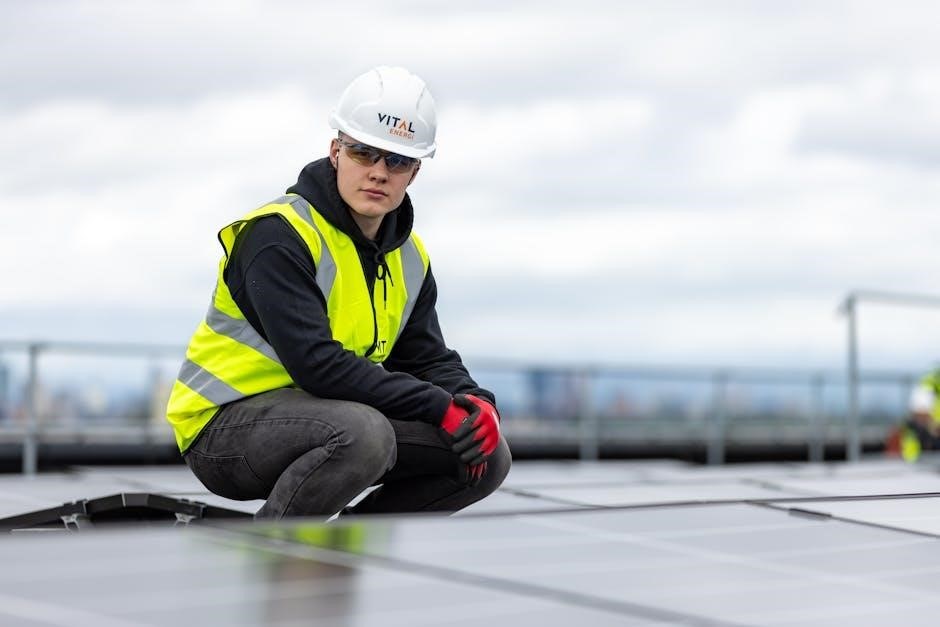
and Final Thoughts
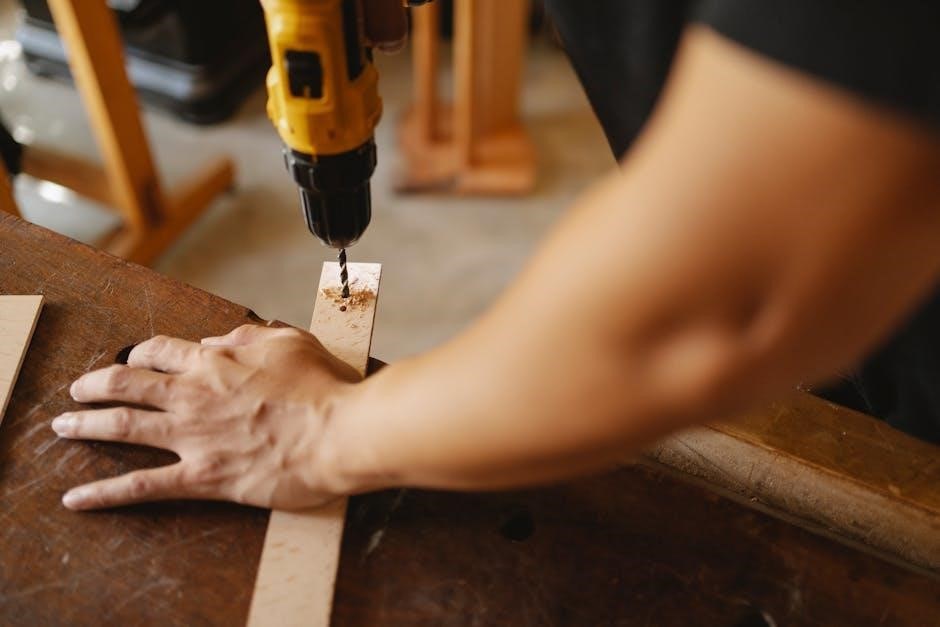
Popularity and Trends in Recliner Choice
Recent trends show a shift toward power recliners due to their advanced features and convenience, while manual recliners remain popular for their simplicity and traditional appeal.
Consumers increasingly favor recliners with smart technology, such as wireless controls and built-in charging stations, enhancing comfort and practicality in modern lifestyles.
Sustainability is also influencing choices, with eco-friendly materials and energy-efficient designs gaining traction in both manual and power recliner markets.
